Adventures in Mozambique with loose axles and landmines
Southern Mozambique - Maputo to Vilanculos - Africa
Self-drive road trip along the coastal route of Southern Mozambique
Adventure and experiences while on a road trip through the southern part of Mozambique
Driving through Mozambique was definitely going to be an adventure - whether we liked it or not would be debatable.
The roads were in a shocking condition. Where there was tar, it looked like a patchwork quilt from all the repairs to fill the holes. Not conducive to keeping vehicles in a roadworthy condition.
On the sides of the road at the edges the drop from the tar to the gravel on the side of the road could easily break your suspension. In other places huge potholes had formed that hadn’t been repaired and as much as one tried to avoid them, it wasn’t always possible.
Once when avoiding a truck driving towards us like a crab with all wheels in an unexpected juxtaposition, we drove through such a pothole.
A short distance further we heard a decisive thump. What was that?
Lagoon at Bilene
Boats in the bay
Coastal road trip in Mozambique
Our trip to Barra Reef in 2004 sparked more than enough interest for us to undertake another road trip up the coast of Mozambique in June 2005. Our plan was to go for two weeks, with a rough guideline of places we wanted to see. It was out of season, and we knew it wouldn’t be busy, therefore we didn’t book accommodation or rather camp sites in advance.
Top heavy Buses
Hand made pirogue or dug out canoe
We picked Vilanculos as our turning point, which was 260 kilometres north of Inhambane, where we drove to the previous year. This meant we would be driving 760 kilometres one way along the coast. On average we planned to spend two nights at a destination. If we found it unpleasant, we would move on to the next destination.
Our newly acquired mobile accommodation
Our trailer had a new acquisition: a roof top tent with a double bed that was on top of the trailer. The rest of the tent folded onto the ground where we could stand upright and have space to place our clothes and shoes. A few more items that we had to add to our camping gear was a fridge/freezer, two three-drawer units for our clothes and some boxes or crates for cooking utensils and food.
We had a general idea what was available in Mozambique. We decided to alternate between cooking our own food on some days and where there was a restaurant, spoil ourselves with one of their meals on occasion.
Pro tip:
When traveling to remote areas in Africa, it is a great idea to have a list for camping gear and basic tools. That way you are less likely to forget what to take.
Complexo Palmeiras at Bilene
Bilene
Our first stop in Mozambique was in Bilene, a small town next to a lagoon. The previous year we waited for two hours at the border at 6 o’clock in the morning. This time we left home shortly before dawn to get to the border at midday. Although it was still busy, we crossed the border within an hour. We also didn’t encounter any battery issues, like the previous time.
We reached Complexo Palmeiras at Bilene in the late afternoon where we spent two nights. The 180-kilometre drive from Maputo was relatively uneventful but we were still pleased to arrive at this beautiful setting next to the lagoon. There were some basic chalets and camp sites under the trees.
The camping area is on a slope of soft beach sand with no grass therefore it was difficult to reverse and manoeuvre the trailer. It was getting dark quickly under the trees, but somehow we managed without hitting the only tree in the middle of our campsite whose sole mission was to dart out in front of us (or behind us) or at least jab us with its many branches.
After we set up camp, we walked along the shores of the lagoon to the restaurant and had a lovely meal of prawns and Portuguese chicken.
The following day, a Sunday, we relaxed and walked around the tiny town of Praia do Bilene. That didn’t take us long, but the main street in front of the lagoon was the gathering area for the residents. We were entertained by them while they drank or danced in the street. We walked back to our campsite where we could relax.
Our four legged companion
The lagoon was too shallow for swimming, but we waded in the water with a companion at our heels. The beach was on the other side of the lagoon and not easy to get to. That evening we ate at the restaurant again, getting into the rhythm of being relaxed but not wanting to be too complacent as we were planning to head further north the next day.
Morrungulo or head to Vilanculos?
We wanted to reach the most northern point we planned to go to and then work our way south. A short distance north of Bilene we found cashew nut vendors on the side of the road. A unique sign that indicated they sold nuts there was white plastic bags hanging on the branches of trees.
The nuts were a good snack for the rest of our holiday and are amongst the best we have ever tasted.
Beautiful views from Quissico
Weather sphere at Quissico
At Quissico there was a view point with a beautiful view over three lakes. We stopped there to have a picnic lunch. The EN1 which is the main road heading north to south, had been resurfaced or rather patched in places. Other areas however were far worse than the previous year. It took us an alarmingly long time to cover 300 kilometres. Xai Xai was unpleasant to drive through as the road was in a terrible state, with huge drop offs from the tar to the gravel on the side of the road and numerous potholes. The traffic was chaotic. The further north we continued, the worse it was.
Misfortunes of Adventures in Africa - Mozambique has its fair share
After Maxixe there were more potholes than tar. We tried to avoid them as best we could but sometimes they were too huge to avoid. At one time we lurched into a huge one to avoid an approaching truck. We drove a short distance further then heard a distinctive clunk. The car felt rather unsteady, so we immediately pulled off to the side of the road not that there was much space.
The trailer was at an angle to the car, one of the wheels not where it was meant to be. My husband is quite handy and will fix what he can or die trying. He peered under the trailer. A bolt that attached the leaf spring suspension to the wheel axle had snapped off. We had a few spares and a basic tool kit but we didn’t have a bolt of that size and length.
We were virtually in the middle between Maxixe and the next town which was Morrumbene and were at a loss to solve this problem. Then hubby had a bright idea. The bolt for the jockey wheel could possibly fit but then we’d be without a jockey wheel, which makes it difficult to move an off-road trailer with a heavy tent on top. Still, that seemed to be our only option. We needed to get the trailer back into position to secure the bolt and it seemed an impossible task for just the two of us. Suddenly the roads seemed very quiet with no-one driving past us. We had visions of leaving the trailer there and driving to the closest town but knew our chances of finding the trailer as it was, would be slim.
Then an angel came our way. A man on a bicycle pedalled towards us from a nearby village. His English wasn’t that good, but he was at least better than us, because we couldn’t speak his language at all.
We explained as best we could what our predicament was and tried to get him to understand that we needed rocks or wood to put behind the wheels of the trailer. That way we could reverse the car and possibly jerk it back into position to align the holes to get the bolt through. Not an easy task.
Our friendly cyclist hopped on his bicycle and pedalled away. We weren’t sure if he said he would return. In the meantime we tried to look for rocks in the lush tropical growth but could only find sand and one or two small rocks.
Scratching our heads in despair, we looked down the road and spotted two knees sticking like wings outwards. Attached to the wings was a large beaming smile. Hidden between those knees, the smile and bits of wood, was our guy cycling towards us. He could barely keep his balance with one hand on the handle bars and the other trying to hold on to large pieces of wood.
We placed all that behind the wheels of the trailer to keep it into position. We could only try this once. If it didn’t work, we’d have a bigger problem. My husband took a deep breath and tried his best. Our angel and I held on to the trailer as well for further stability. It worked! Even better, the bolt was a perfect fit!!
All three of us sighed with relief. We asked our assistant where his village was. He pointed into the distance – obviously where he got the wood from. He then proceeded to explain to us in his best English that he was waiting for his brother who had gone to South Africa. He didn’t know when he would return, so every day he cycled to the main national road to see if he’d arrived. If he didn’t see him, he cycled back home.
We gave him what in hindsight was probably too small a contribution for his efforts, but we were just so relieved and grabbed what was close at hand. We were eager to get back on the road before it got dark so we could reach our next destination. He however was so grateful for the little bit that we gave him and waved us on our way with an enthusiastic smile. I hope he didn’t have to wait too many days for his brother but I’d love to know how many times he set out each day to wait for his sibling to return.
Tightening bolts
Morrungulo
A few meters further, after our incident with our axle where we pulled needed to pull off the road, we crossed the Tropic of Capricorn with a sign to mark the spot.
That was a significant landmark and I’ll tell you why later in the blog.
We chose to camp at Morrungulo that night. It was only another 20 to 30 kilometres further but the condition of the road was so bad that it took us long enough. Our nerves were frayed and we were exhausted.
Dusk had set in when we reached Morrungulo. We parked at the easiest spot to unhook the trailer and set up camp. We were virtually the only people at the camp site and we were so relieved to park off.
Whilst driving the last few kilometres we decided that was as far north as we were prepared to drive. The condition of the road was atrocious and it wasn’t worth continuing. We’d spend a few days at this campsite, which wasn’t a terrible place to stay at, then turn around to head south again.
The distance from Bilene to Morrungulo was approximately 420 kilometres. Most journeys through Mozambique were long, arduous and sometimes adventurous. It took us most of the day with about 1-2 hours of stopping in total for lunch and the repair to the trailer. We balanced the now wheel-less jockey on some cement blocks that we found at the campsite. Hopefully it would be sturdy enough when we climbed into bed that night.
When we were done, we felt we deserved to spoil ourselves with a desperately needed drink at the bar. We’d blow the budget and have dinner at the restaurant too. The bar was open and we had a drink, but the restaurant was closed as they weren’t opening the kitchen for the only patrons - us. Understandably it wasn’t worth their while to cook for only two people and there wasn’t a supermarket to get supplies just down the road but we were rather disappointed. Fortunately we had something to rustle up for dinner.
Our campsite at Morrungulo with yet another dog
Delightful surprises in Mozambique
The best and most interesting shower in Mozambique – without being 5-star luxury
Because Mozambique was still recovering from their dreadful war, we knew that we couldn’t expect luxury and have all the mod cons at our disposal. We also knew we may not always have hot water to shower under as many places had to be rebuilt.
At Complexo Palmeiras, Bilene the bathrooms were acceptable with hot water. Being closer to Maputo, it was easier to get supplies for restoration.
Shower time at Morrungulo however was a different experience. We bought a bottle of paraffin at reception. In the bathroom each shower was supplied with a small flat tin, similar to a tuna fish tin. The paraffin was poured into the tin with a wick inside. As soon as you lit the wick you stuck it in a designated hole in the shower cubicle wall.
Because you couldn’t waste the limited paraffin, you stripped off your clothes quickly and turned the taps on. A loud whoosh like a jumbo jet taking off just about knocked you off your feet but within seconds there was wonderful hot water – till your tin was empty – approximately 5 minutes. It wasn’t five-star luxury, but it certainly felt like it. Those showers were the best!
It is an intriguing concept which my dear hubby explained to me, but which went over the top of my head. It creates a vacuum by heating the pipe and causes the water to flow (I think), but what was important to me was the glorious warm water I had washing over me. It is amazing how a simple idea like that works so well.
Bakery at Morrungulo
Bread in any language you choose
Drum used to bake bread and our procacious tour guide
Shopping with a difference for a bolt after our temporary repair
Before we arrived at Morrungulo we passed through a small town called Morrumbene. They had a market with a few small stalls or shops that sold just about anything. We bought some pao (bread rolls) to take with us to the campsite. Little did we know there was a bakery right outside the resort. It’s not your usual bakery, though. The pao is baked in huge drums over an open fire as you can see in the photos.
After a good night’s rest we headed back to the town and market to search for a bolt to replace the one we took from the jockey wheel. We certainly weren’t going to remove the bolt to show them what we were looking for, so our yardstick was a cable tie to gauge the length of the bolt and a shorter bolt that was the same width.
We produced this guideline at each stall that looked like it sold anything remotely like tools or spare parts. Nobody could assist us. As we walked towards our car we heard shouting behind us. Another kind stranger ran to us. He knew of someone that may be able to help. At the stall the owner produced a huge box of old rusty bolts, all jumbled together. They were all shapes and sizes and each one was as rusty as the other. We found two of the right size and bought them. To this day we still have one holding our jockey wheel in place. The other is in our spares and tool kit that we travel with. Our second angel that watched over us from a community that was so helpful. Hopefully that bolt was our lucky charm.
Shoudl we continue with our adventure in mozambqiue?
Going south… or not?
Three nights at Morrungulo lulled us into a sense of relaxation and bliss. Our biggest issue was avoiding coconuts falling on our heads or denting our car.
We were determined to head south and give ourselves more time to explore a few places. During those two days we chatted to people who had just returned from Vilanculos. They were raving about the area and convinced us it was worth the drive. They said the worst section of road was the first 20 kilometres north of Morrungulo. The rest was beautifully tarred.
We weren’t sure if that was true but decided we could test their claims. We would drive the first thirty kilometres. If it was bad, we’d turn around and head south.
They were right. The tar was beautiful and we continued north to Vilanculos.
Baobab near Vilanculos
Vilanculos
Just outside Vilanculos there was an area where they were either training rats to help clear landmines or they were in the process of clearing the area. This was a rude awakening that the devastating war still left many gruesome realities and scars to be discovered. Mozambique was wounded and would take a long time to recover.
We were told of a campsite in the centre of town that overlooked the bay. The bay itself was beautiful. We took one look at the campsite and decided against it. There was nothing wrong with the campsite, but we would provide entertainment for anyone walking past in the streets and it didn’t appeal to us.
At the tourist information centre which was really just part of a small restaurant, they suggested Blue Water Bay, which was just outside town. We wormed our way through the sandy roads till we found it. It was the best spot for us. We camped there for four nights while exploring the area. We swam and snorkelled. They also had a lovely restaurant that was open – with a beautiful view over the bay. We cooked some nights and other nights we ate at the restaurant. One meal was delicious fish with an unusual name: the prodigal son. Very tasty!
Dhow sailing across the bay between Vilanculos and the islands
A pretty sight of the bay with boats and dhows
Our campsite at Blue Water Bay just outside Vilanculos - with a cat
Beautiful huge moth
Early evening photo
And yet another photo of a dhow
Low tide in the bay
One day we took a boat trip to Bazaruto island where we snorkelled and dived just off the channel near Benguerra island. The archipelago was simply beautiful with white sands and contrasting turquoise seas.
Beautiful Bazaruto - Paradise in Mozambique - worth the road trip
Bazaruto Archipelago, Mozambique
Admiring the view between Bazaruto and Benguerra
All shades of blue
Between dives, resting on Bazaruto island
A good view from the sand dune over the channels
At Blue Water bay we met another couple touring Mozambique. They were planning to go as far as Beira. When they arrived at Vilanculos they went shopping at the market in town. Their vehicle had a canvas canopy on the back, which zipped closed. Whilst shopping, their fridge was stolen from under their canvas cover. Sad that this happened.
We were warned about theft at Vilanculos. When we needed to go shopping one of us always stayed at the car to keep vigilance. Every shopping expedition was with an entourage of youngsters trying to earn a quick buck, promising to show us the best place to buy things or to take us to places to sightsee. At times it was rather tiresome.
Dhows and pirogues
We were glad we didn’t miss out on the opportunity to see Vilanculos but it was time to head south to explore other places.
Heading South - Our mozambique adventure continues
Paindane campsite with a beautiful view
Paindane
Still wrapped in a bubble of bliss we started our journey south. As we drove past the Tropic of Capricorn sign that we passed a few days before, we reminisced about our unfortunate incident. A few meters further we noticed a marked off area with omnipresent red flags and pegs. We were gobsmacked. In the matter of a few days an unfortunate person must have stepped on a landmine (as it regularly happened since the war). They were obviously searching the area to clear it. What was even worse, although they’d cleared many mines since the war, in 2000 there were major floods in Mozambique which shifted some of the mines and therefore they had no idea where they were. [see point 52 in the link]
We still had an angel watching over us, because it could have been us when we looked for rocks in the long grass.
True story - no lies!
The previous year we’d spent a few hours at Paindane near Inhambane. It was a good opportunity to stay longer and hopefully get a chance to snorkel the reef.
At the turnoff to Inhambane, the GPS provided us with a shorter route to Paindane. The original route we would have taken would go to Inhambane. From there we would virtually turn around and drive in the direction we came from but on a gravel road almost adjacent to the tar road that we were on. Eventually that would become a sand road that would lead us to Paindane. The route was almost like a V on its side or a less than symbol.
The other route that the GPS showed us would avoid Inhambane and cut across the terrain in a straight line and therefore shorten the journey considerably. It was however a minor road but that didn’t perturb us, because at some stage we had no alternative but to drive in sand anyway. We decided to take this route.
At the start of the sand road we deflated our tyres to about 1.5 Bar. This was usual when driving on a sand road. We made our way through little hills and valleys, admiring the hundreds of Cocos palms along the way until we were halfway there.
Our minor road was now a sand track and wanted to take us over a long but fairly steep hill. We managed 5 meters up the hill until our wheels dug into the sand. We reversed, with difficulty because of the trailer and being in soft sand, tried again but got no further. We tried for a third time and it still didn’t get us any higher up the hill.
We contemplated turning around, but we were so close that it didn’t seem worthwhile. To the right of the sand track there was some grassy vegetation that could give us traction, with the odd low bush that we were sure we would clear. If we didn’t have the trailer our vehicle would have managed the hill, but because of the extra weight and the Subaru being an all-wheel drive we struggled.
We felt it was a good idea to deflate the tyres even further to 1.3 bar. We gathered speed and momentum with the grass helping and got over the hill. Another moment of relief until we were just outside Paindane where another steep hill awaited us. Fortunately coconut shells and palm fronds had been placed across the road, so we made it to the top where the campsite was.
Very strategically placed was a sign saying that one should deflate tyres to .8 Bar for soft sand. A bit extreme we thought, but we put it to the test. It worked for those steep hills.
We set up camp quickly and settled down with a relaxing cup of tea and a fantastic view over the sea. We even had four whales entertain us and take our minds off another ordeal, be it relatively minor.
I thought it prudent to ask hubby if he had considered that there was a possibility of a few landmines being on our hill that we struggled to conquer. His eyes grew wide. He hadn’t given it a moment’s thought. He was concentrating more on getting over the hill. I was kind enough to mention that I’d seen tracks of another vehicle that must have been in a similar predicament to us so I thought we were reasonably safe.
When we paid for our campsite, they asked us if we wanted a barraca. This is a shelter that can be used as a kitchen and for storing a few bits of camping gear and costs a bit extra. We thought we would manage without it, but they insisted on giving us a site with one, without extra cost as there were hardly any campers.
Sheltered in the barraca
We camped there for four nights with excellent facilities. Unfortunately with a spectacular view from the top of the hill, one is exposed to all the negative elements of the weather. Thank goodness we had the barraca.
The wind was howling and the rain was coming down in torrents but at least we were sheltered inside the barraca. When there was a break in the weather we quickly lit a fire outside on the barbeque area and grilled our meat. We were a tad concerned that a glowing ember could be lifted by the wind to set fire to the dry grass reeds or palm fronds that served as a roof for the barracas and bungalows, but fortunately that never happened. There was a restaurant as well where we ate a few good meals.
Our resident dog at Paindane
Inside the barraca - a basic area to stay dry and convert into a kitchenette
Paindane has a sheltered reef that one can only snorkel at low tide, which we did. Hubby decided he wanted to dive again, so we went to Guinjata which was in the next bay but the sea was a bit rough for me, considering my propensity for sea sickness. I found the surges along the Mozambican and South African coastline gets to me. I wasn’t complaining though, because I was happy walking on the beach and dipping in the ocean periodically.
Children watching us inflate our tyres
Zavora
We wanted to spend our last night in Mozambique closer to the border and had heard that Zavora was a great place to stay. This time we took the longer route on the gravel road to Inhambane and as the sand became gravel, we stopped the car to inflate our tyres again. We used one of our dive cylinders with an adaptor and it worked much better than our little air compressor.
Some children walking to school were fascinated by this. I took out my digital camera to take a few photos of them. The minute they saw my camera they scattered like a bomb exploding. They couldn’t speak English, so we couldn’t explain what this strange piece of equipment was. Somehow I managed to show one of the older braver children the screen. She then explained to the others. It wasn’t long before their fear was lifted.
They couldn’t get enough of posing for the camera and then having a look at each other on the screen. They chattered and laughed and I am sure we were the main topic of conversation on the way to school that morning.
Old sign
At Zavora we were surprised to see the receptionist that worked at Barra Reef Resort the previous year. She immediately recognised us. She shooed us off and told us we could book in later. She insisted that we go to the beach immediately and not waste a moment, because the tide was just right and we roughly had an hour to snorkel around the circular rocky reef before it would be covered and unsafe to swim.
Reef at Zavora
At low tide one can snorkel around the reef at Zavora
Marshland, mosquitoes paradise
Mosquito magnet
Marshes and reeeds
We were glad we listened and afterwards booked in then set up camp. Because we only had half a day there, we couldn’t do too much exploring but decided we’d return another time.
Road to beach at Zavora washed away
Road collapsed
Bungalows at Zavora
Some of the houses at Zavora that were being renovated
Ruins and renovations
Restaurant at Zavora
We also saw the aftermath of a storm that had wreaked havoc and washed away the road leading down the sand dune to the beach. Nature has a habit of taking back what belongs to it.
Zavora Bay at hightide, looking north
White foam parallel to the horizon is the reef at high tide
Is a self-drive road trip adventure worthwhile in Mozambique?
We certainly had an event filled adventurous trip; with no regrets even if there were a few minor mishaps. We have had some of our best adventures in Mozambique. If you are uncertain about traveling there, contact Drive Moz. They have useful information and advice.
How seaworthy is that?
Boats on the beach
Railway line disappearing in the tropical growth
Misty morning
Apologies for dates on some of the photos. This was in the days before I started my blog. Some of the quality isn’t great either, but I felt it was worth sharing.
Related posts
Step by step instructions on how to leave a comment on my blog:
Type in your comment in the comment box.
Click ‘Post Comment’
Briefly a message should appear saying you are not logged in, then a box with ‘Post a Comment’ will appear for you to complete with your name, email address and website URL (if you have one).
Fill in your first name and email address in the appropriate section. (Your email will not be made public and will not be used for any other purpose than for you to get a notification of a reply to your comment.)
Click ‘Comment as Guest’ and you’re good to go!
To subscribe to my blogs, please fill out the SUBSCRIBE form.
Thank you.
I know it is quite a process, but it helps keep our websites secure. Your email address will not be shared or displayed.






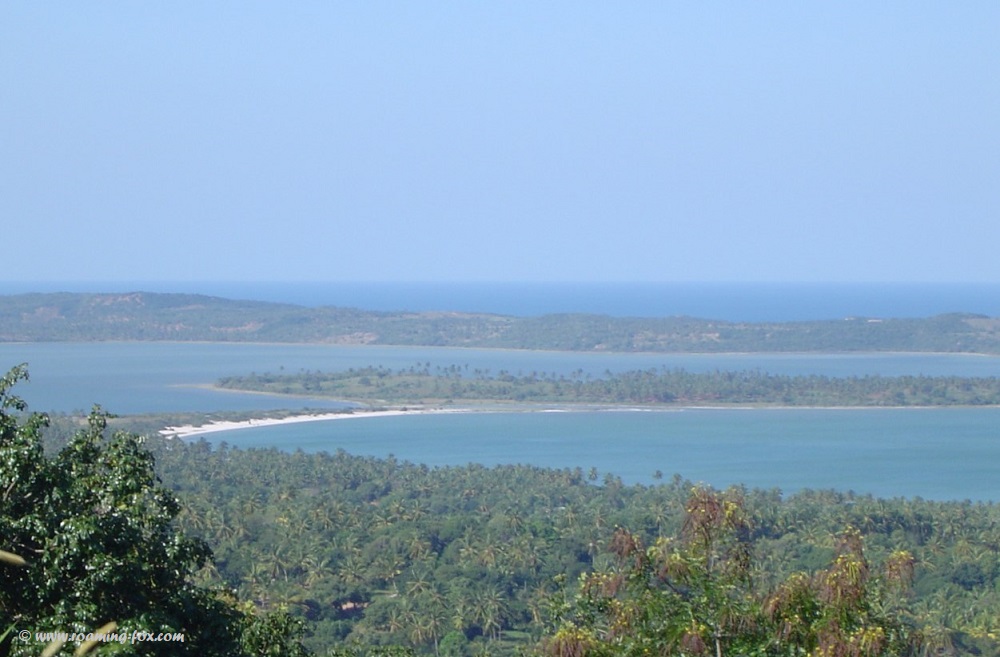
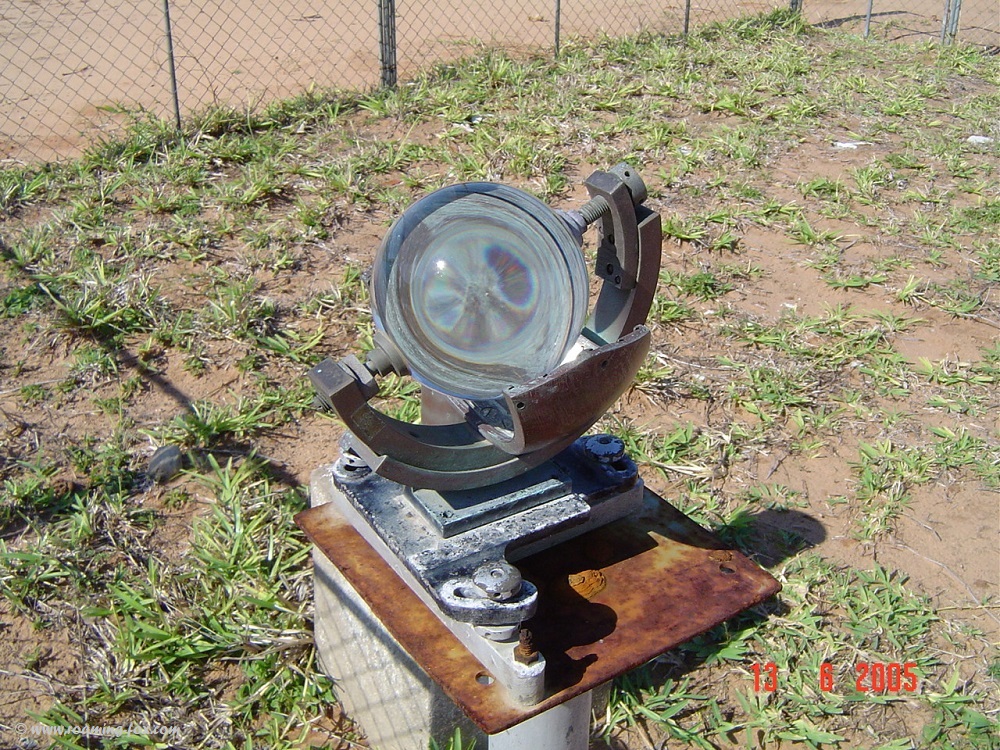

















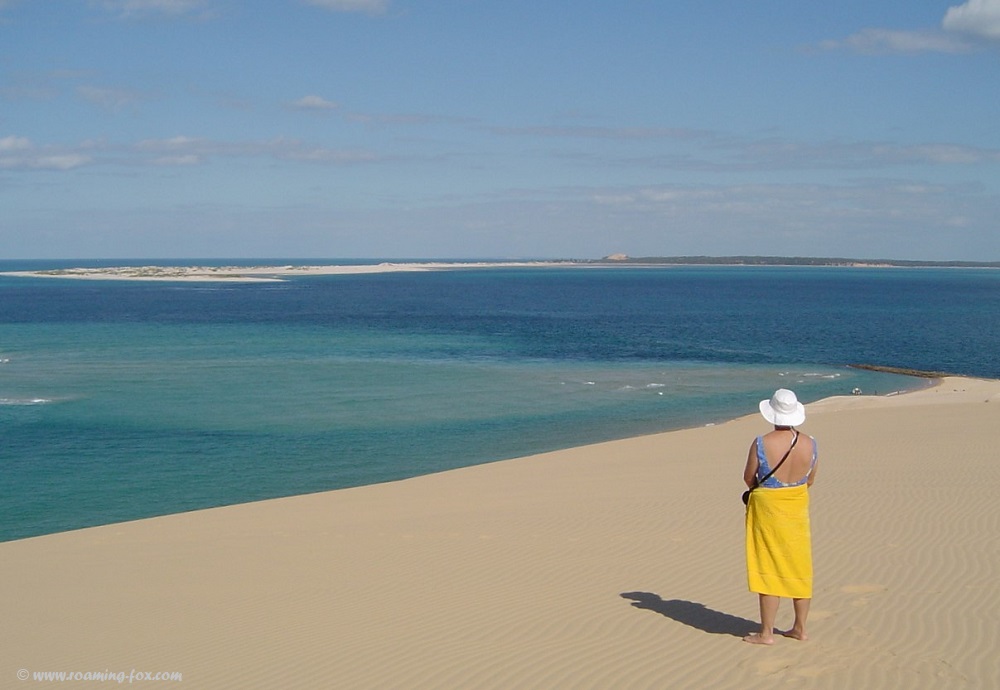

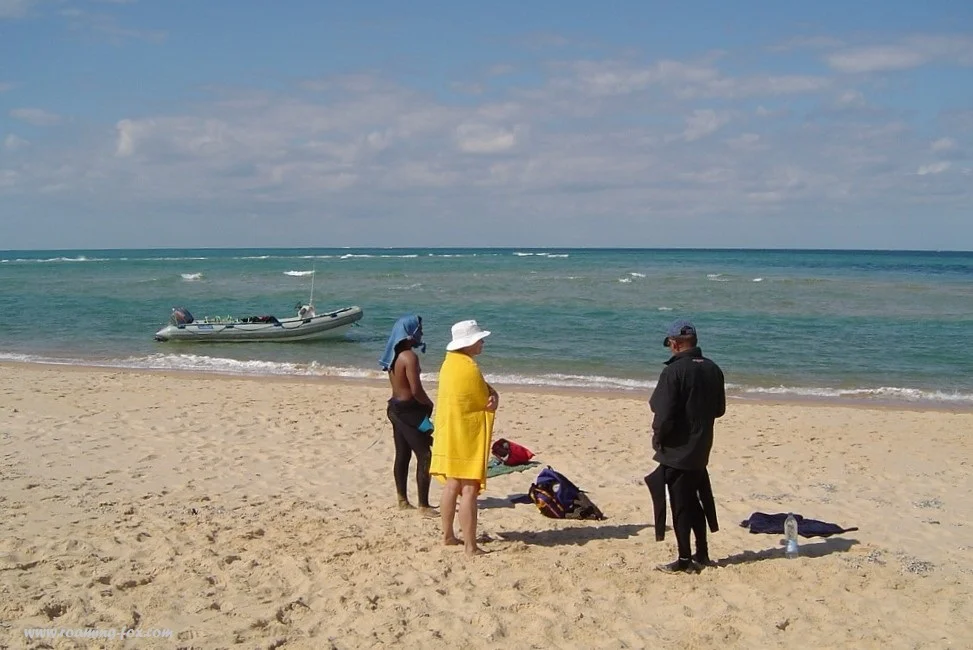













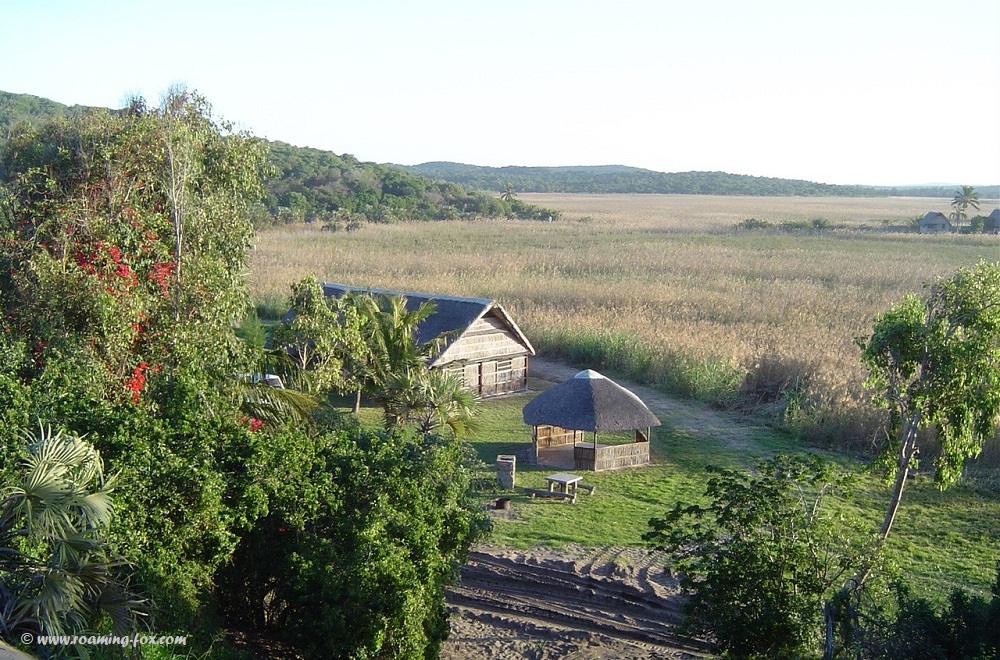





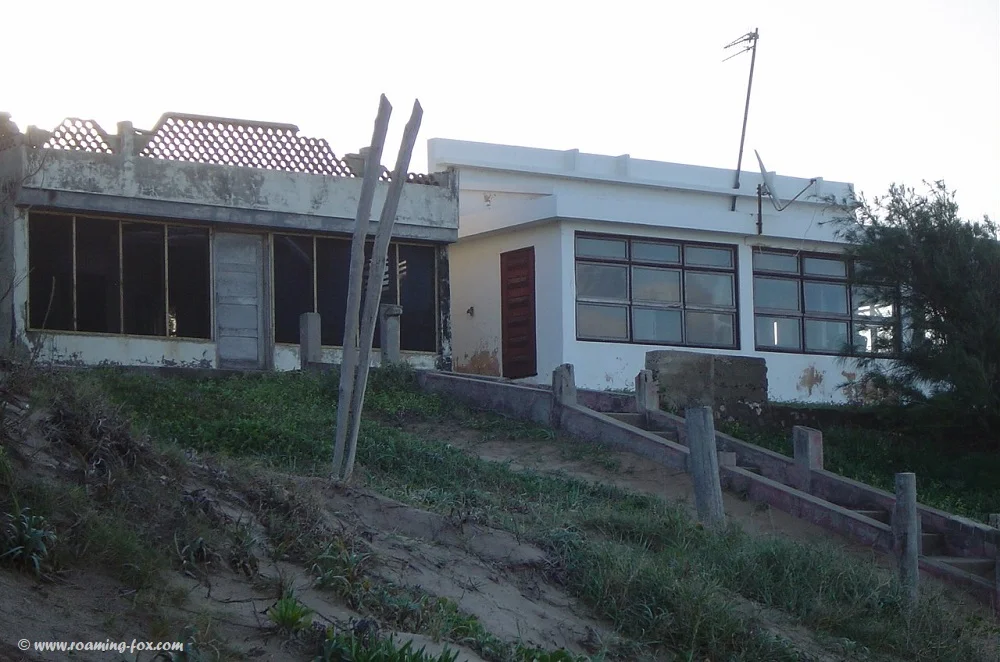












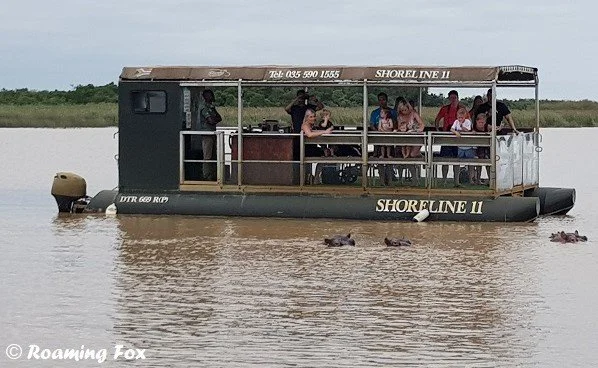

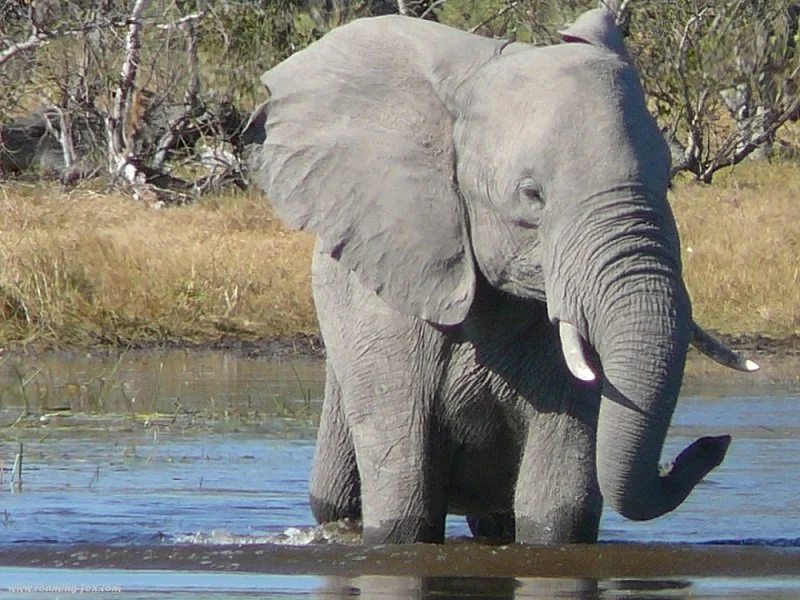


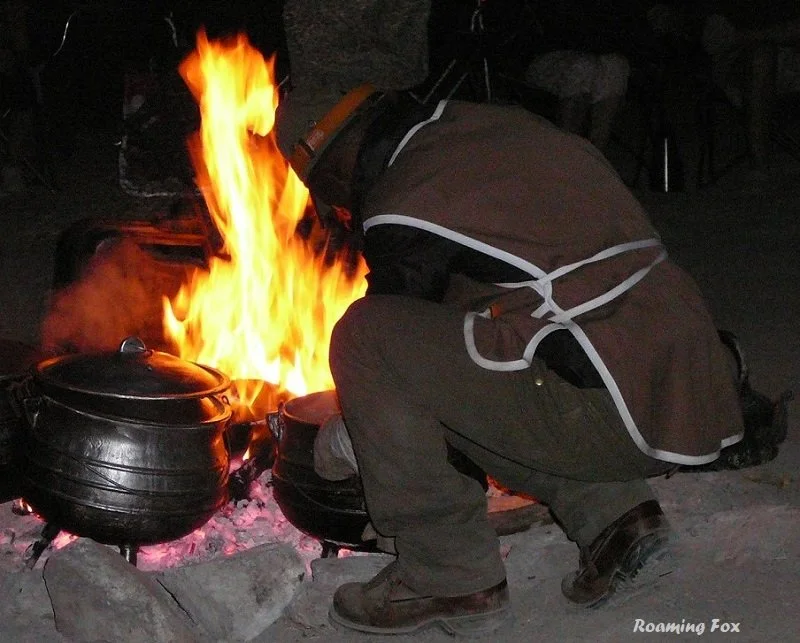

The Best Way to see a country? Take a road trip! Have you ever had that feeling when you hit the open road on your road trip? Freedom. Anticipation. Exhilaration.